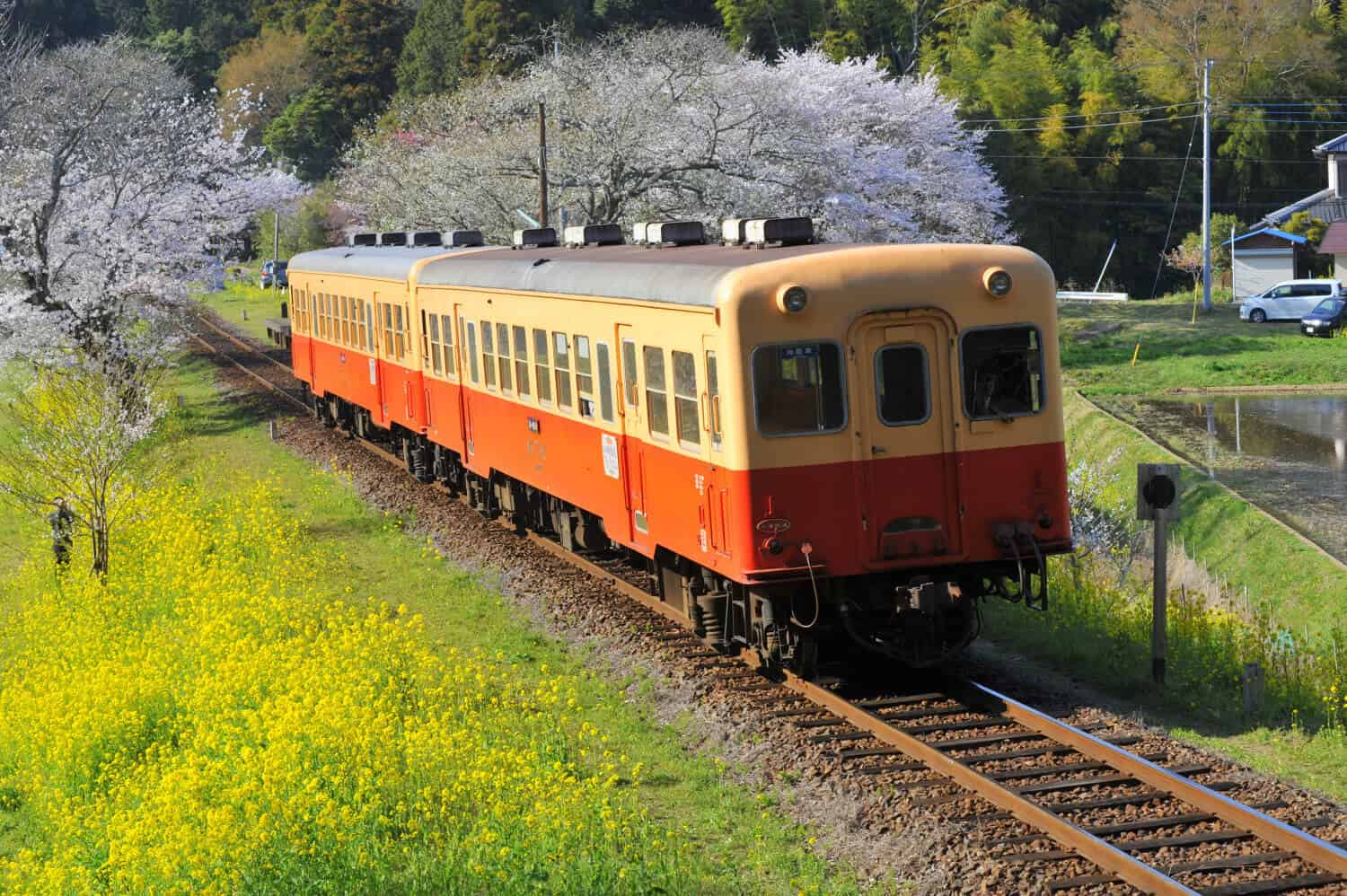
Things to Do | Visit Chiba | Latest update:2025/02/27
Contents
Board the Kominato Railway at Goi StationHike the Yoro ValleySome rest and relaxation at KawanoyaTransfer to the Isumi RailwayPhoto GalleryA trip of discovery for those both new and familiar with Chiba, the Kominato Railway and Isumi Railway will whisk you away to another Japan that’s just around the corner from Tokyo. These two train lines cross Chiba’s Boso Peninsula, taking you from Goi Station along Tokyo Bay to Ohara Station on the Pacific Coast, meeting in the middle at Kazusa-Nakano Station.
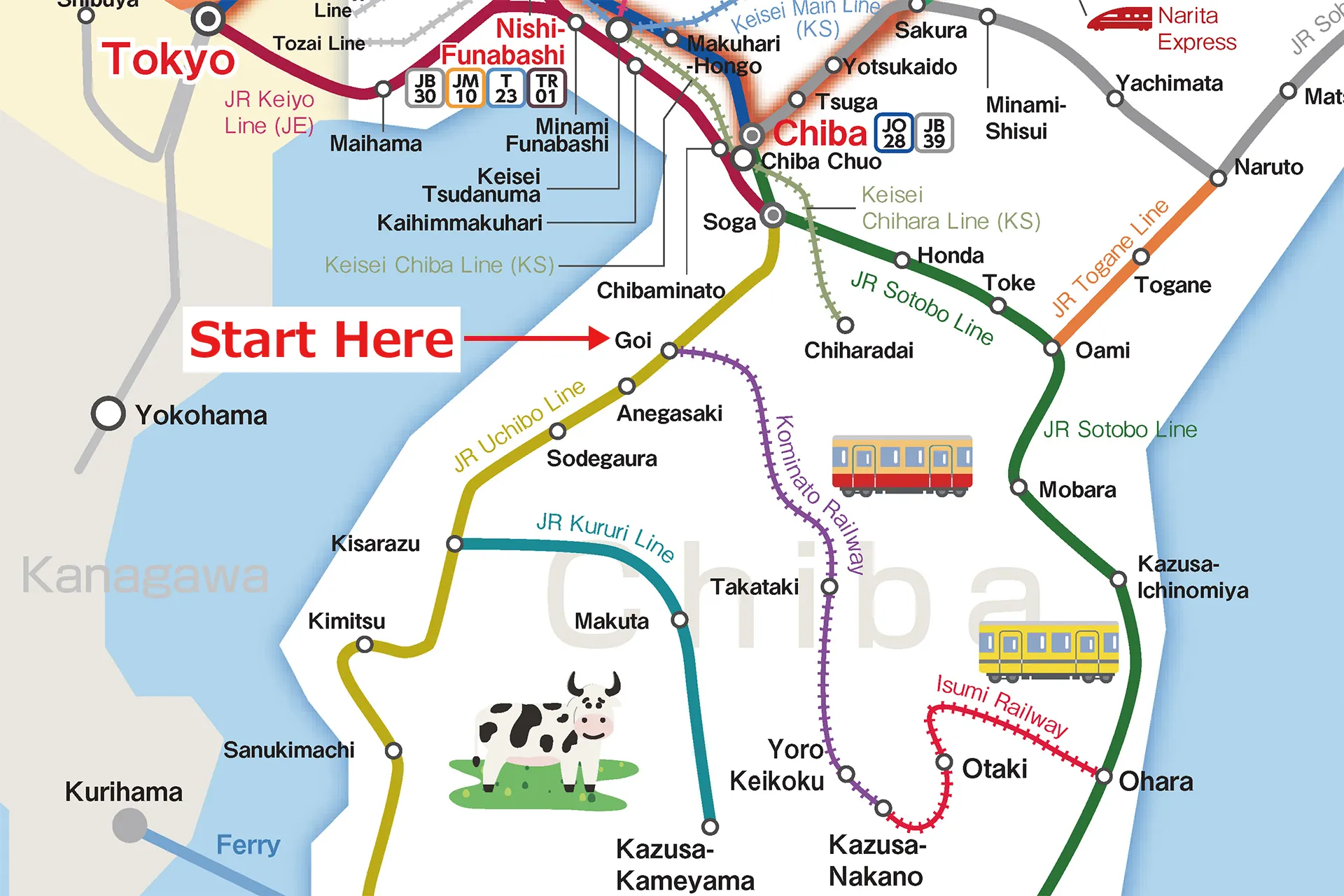
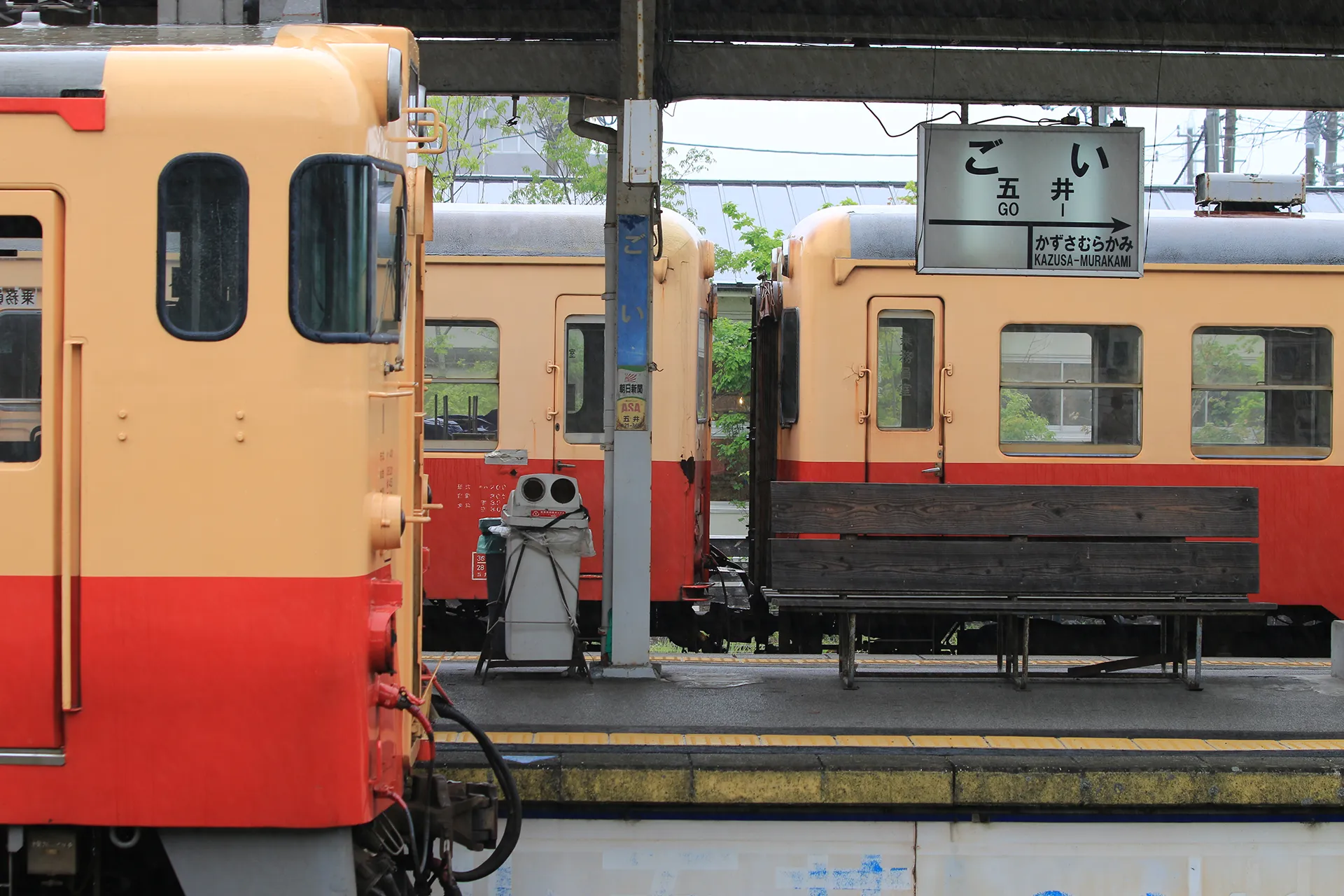
About an hour east from Tokyo on the Uchibo Line, Goi Station is the window into the countryside of Chiba. The Kominato Railway departs from here, and with the paper tickets and weathered train platform, you’ll feel right away that you’ve stepped into a version of Japan from a past era. Usually between one and three cars, the train is diesel powered, so you won’t see any power lines around as you chug along passing through the rural landscapes and tranquil forests. Open up the window to feel the breeze and admire the endless meadows of “Nanohana” yellow flowers and cherry blossoms in the spring, or the lush rice fields getting ready for harvest through summer.
Get more info on what to expect here: https://www.visitchiba.jp/things/kominato-railway/
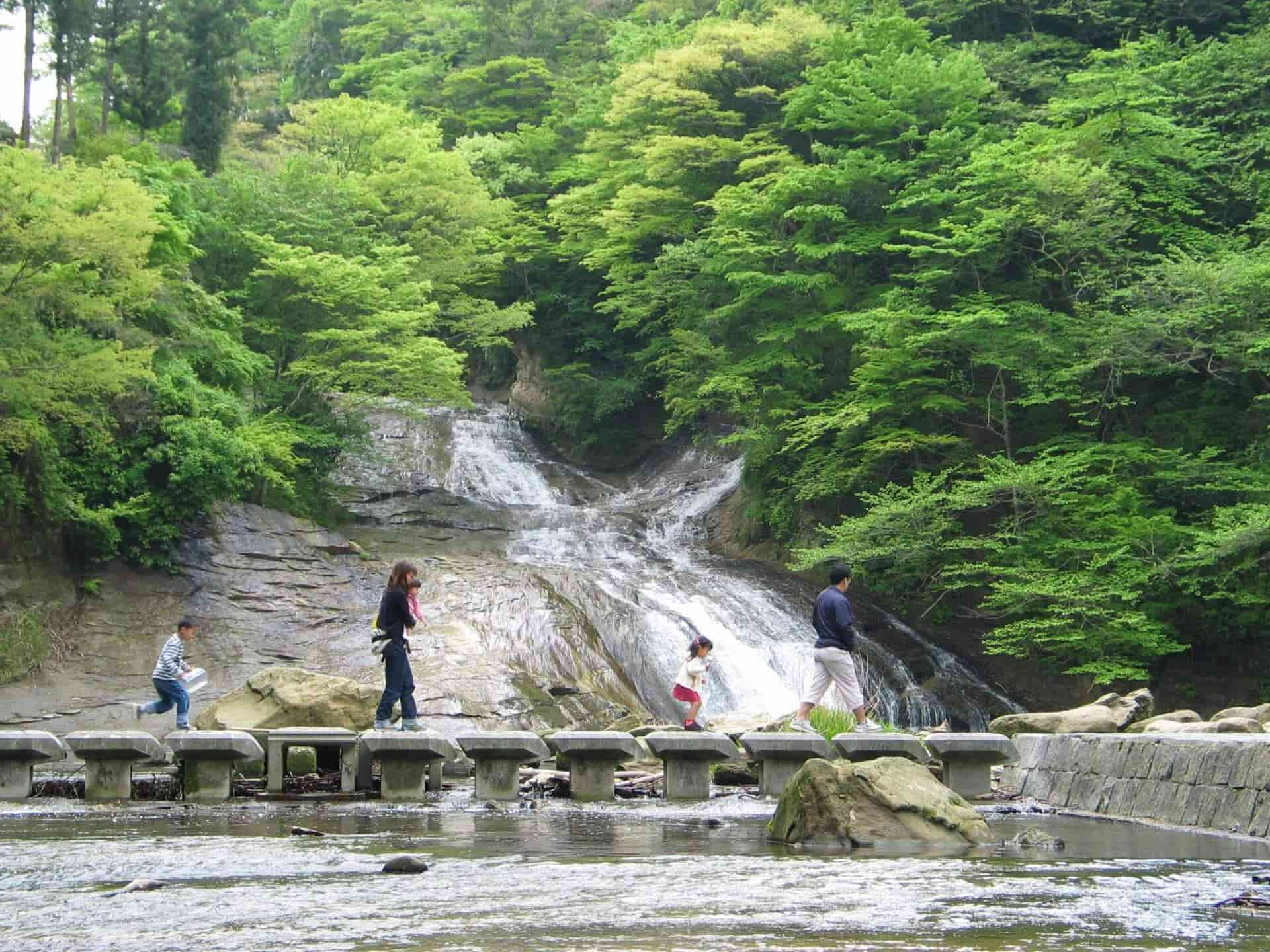
After a refreshing ride through the deep Chiba countryside, you’ll arrive at Yorokeikoku Station, where a journey on foot awaits. Walk, taxi, or bus to the entrance of the Yoro Valley for a stroll among some of the most splendid scenery Chiba has to offer. This valley is complex and winding, with a river running through, and waterfalls along the way. The biggest waterfall near the main entrance, the “Awamata” waterfall is also a popular spot for wading through the fresh flowing water. This is an amazing place to feel like you’re truly getting away from the bustle of the city.
Find out more about the Yoro Valley here: https://www.visitchiba.jp/things/yoro-valley/
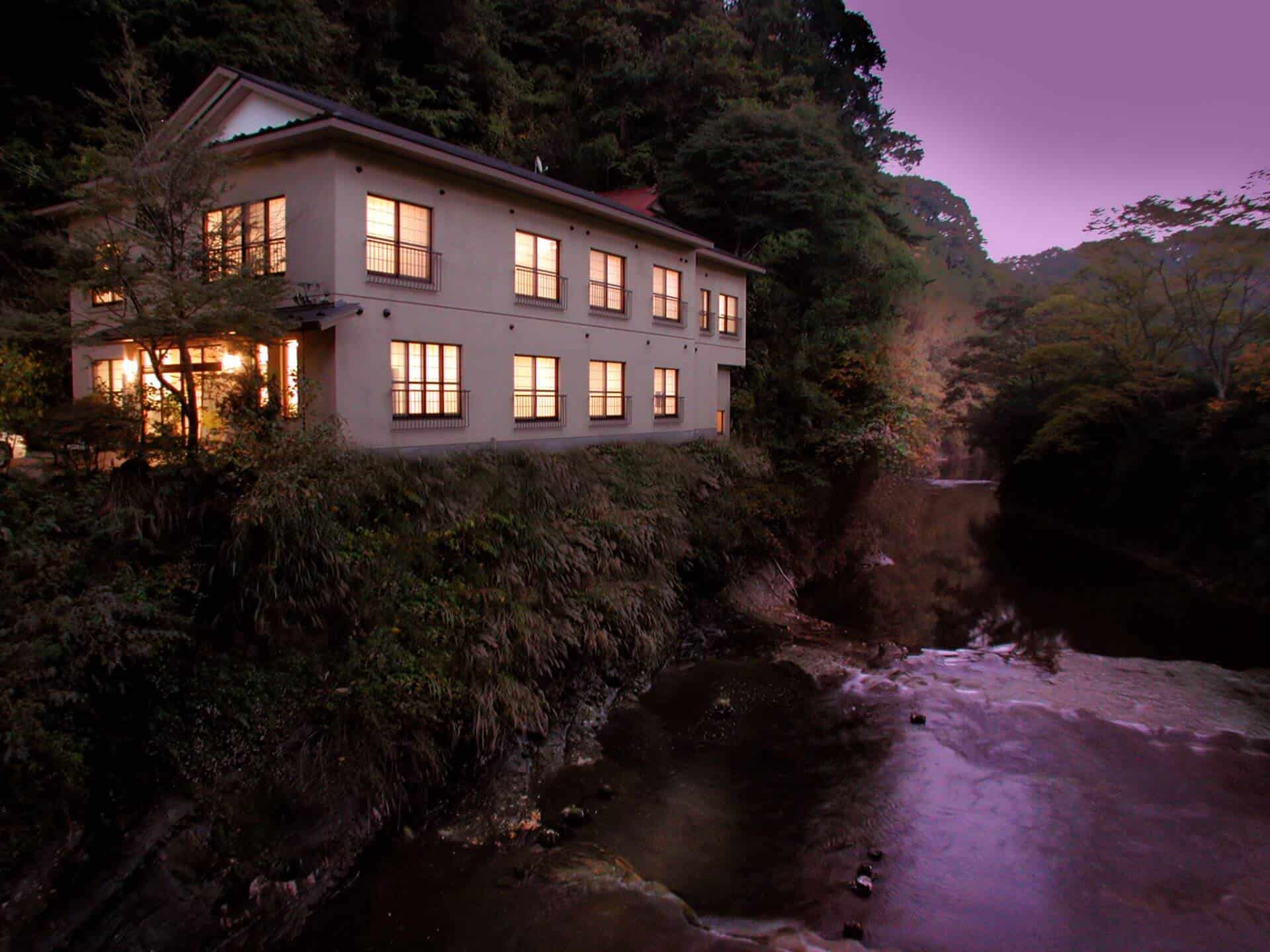
After exploring the Yoro Valley, settle down for the night at the Kawanoya. Nestled next to the river, this cozy inn is the perfect place to do some additional exploring of the area. The rooms are small and comfortable, and outside you’ll hear nothing except the soothing sounds of the river. The food is also a big appeal for visitors, using locally caught river fish as well as regional vegetables for a healthy and hearty dinner. And last but not least, the natural hot spring here is truly special, as the high mineral content actually makes the water black! Soothe your aching muscles while giving your skin a nutrient rich soak before bed.
Get more info about Kawanoya here: https://www.visitchiba.jp/things/kawanoya/
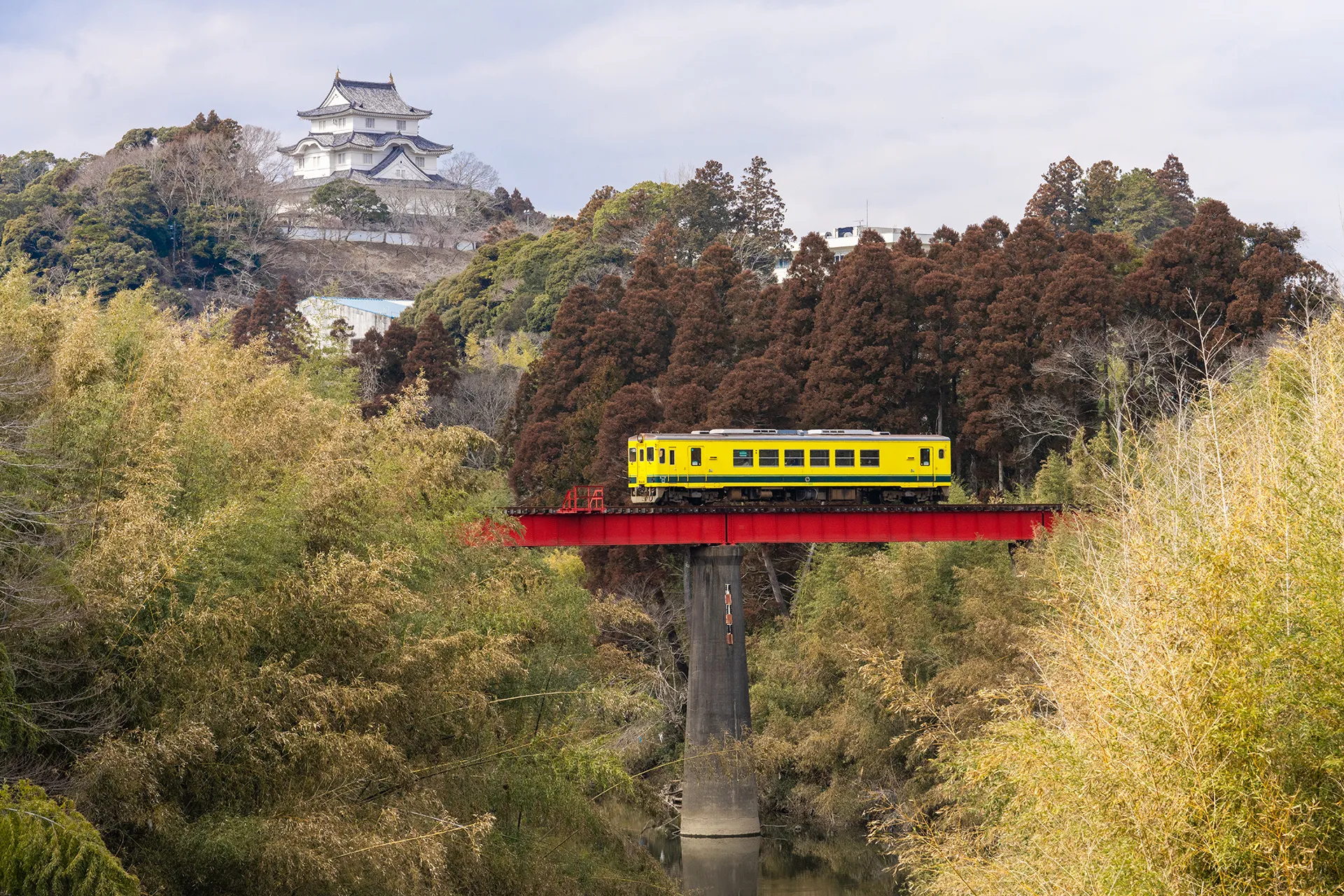
At the end of the Kominato Railway line, you’ll find Kazusa-Nakano Station, the transfer point to the Isumi Railway. The Isumi Railway stops at fourteen stations, taking you all the way to JR Ohara Station on Chiba’s Pacific Coast. Just like the Kominato Railway, the Isumi Railway offers a pleasant ride through the Japanese countryside, from rivers and rice fields, to quiet farming communities and the unique temples and shrines found within them. One popular stop along this line is Otaki Station, where you’ll find Otaki Castle (pictured above).
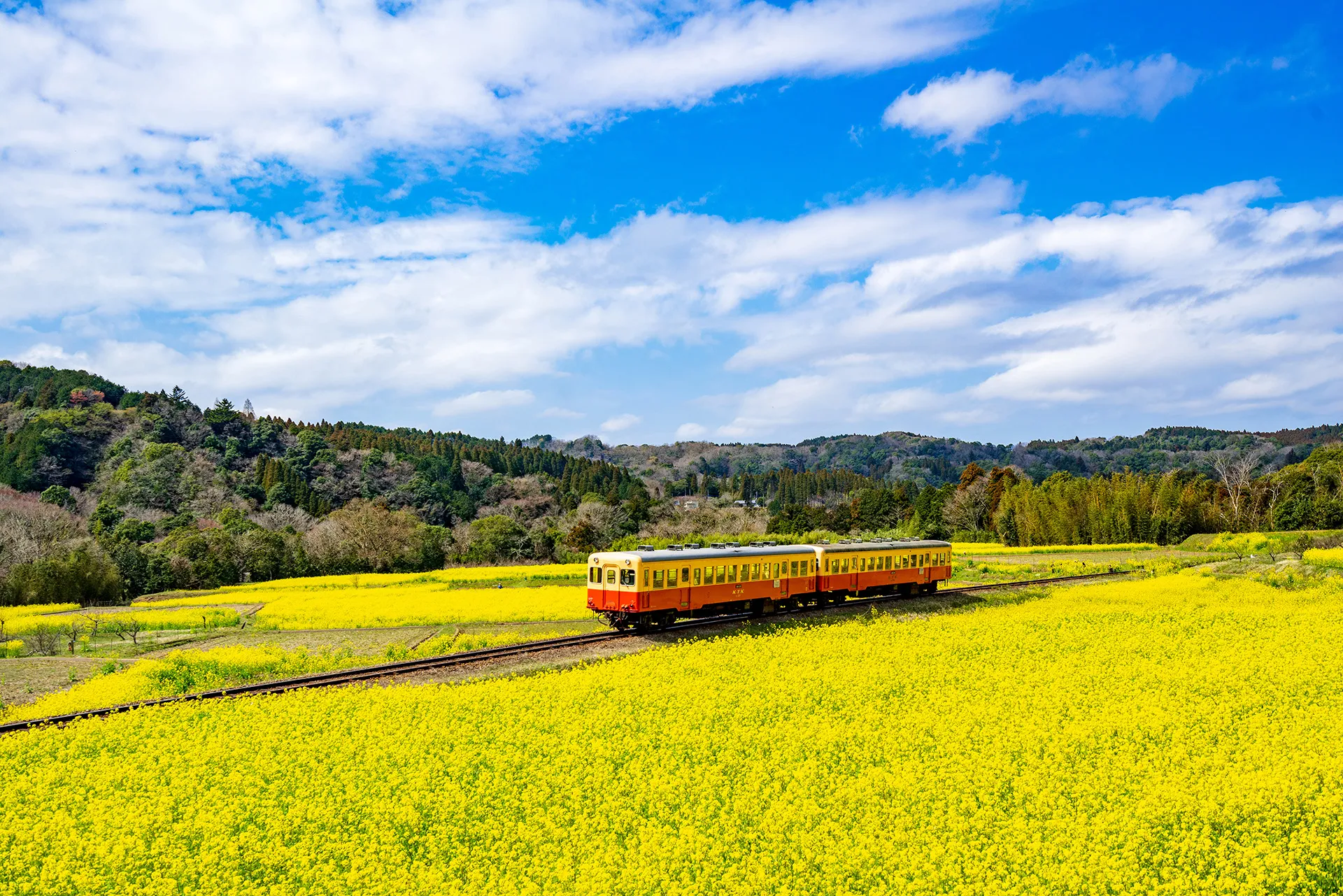
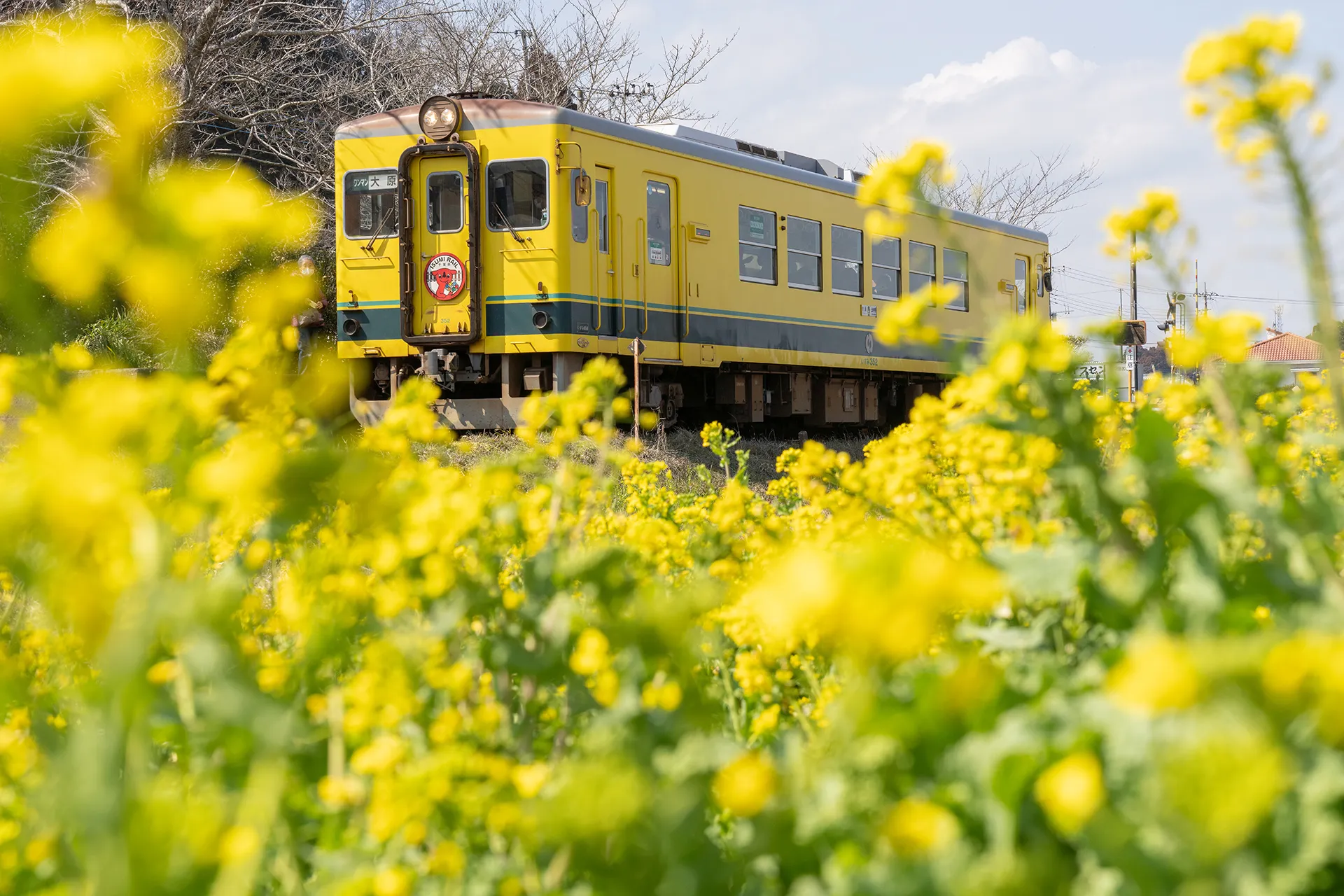
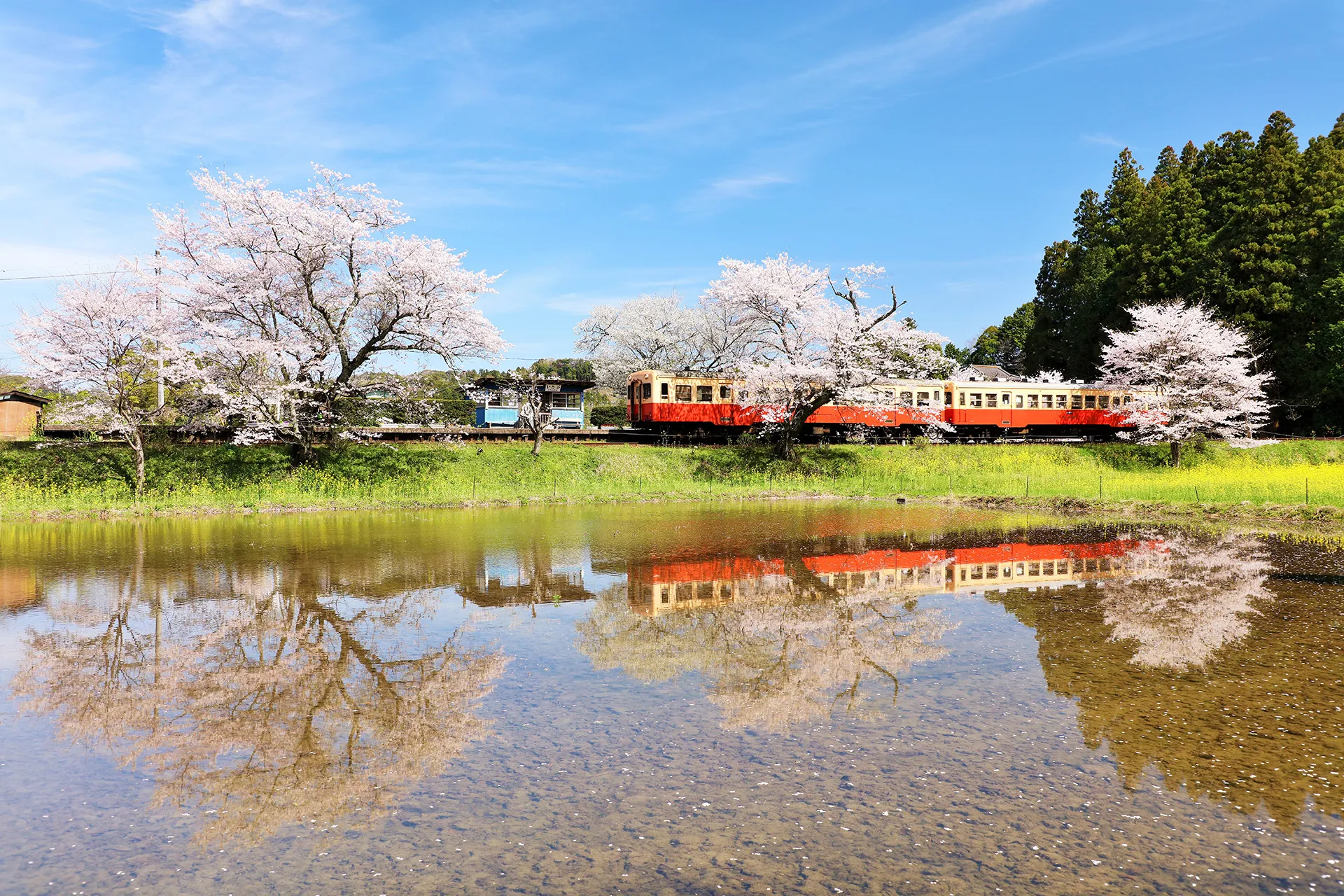
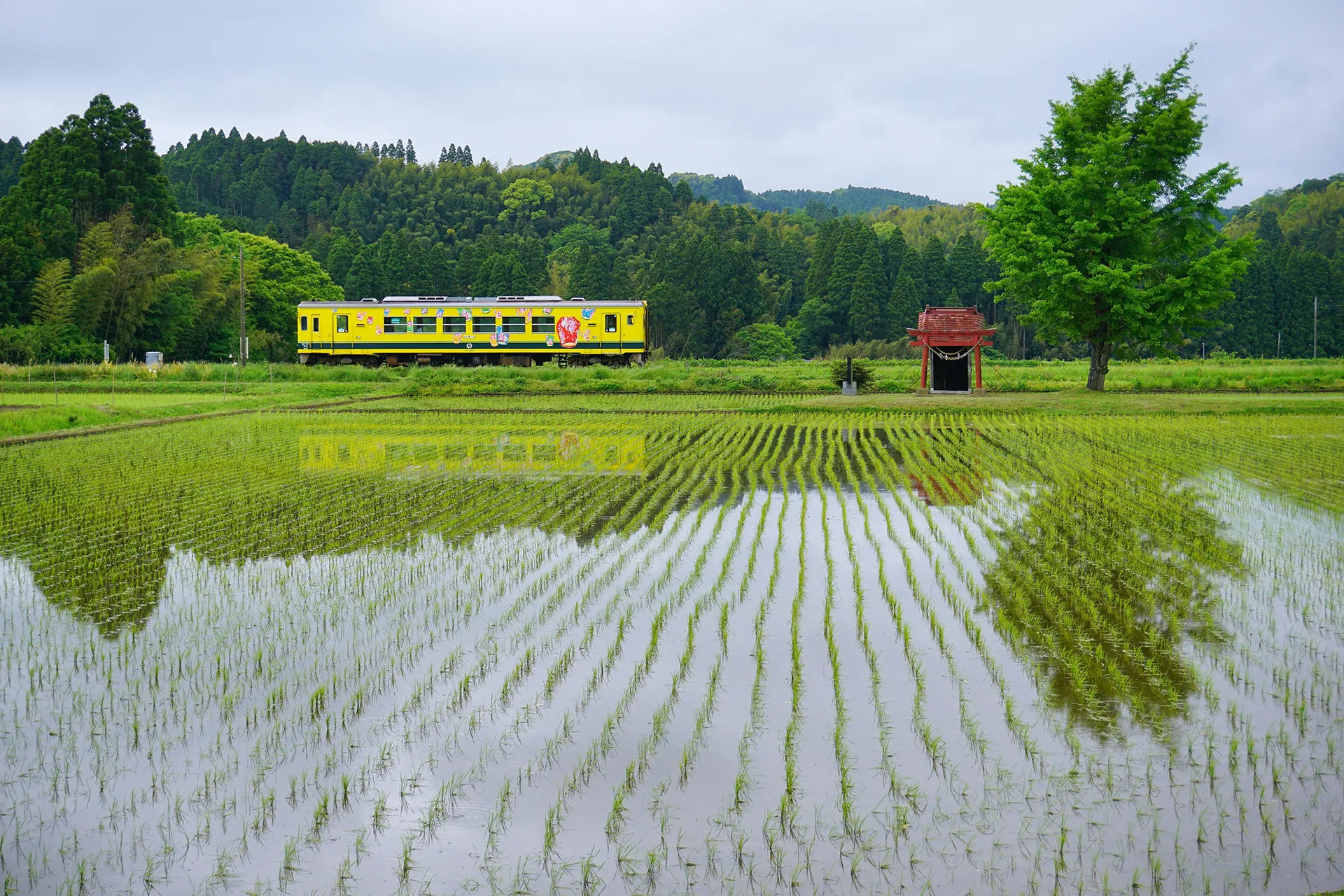
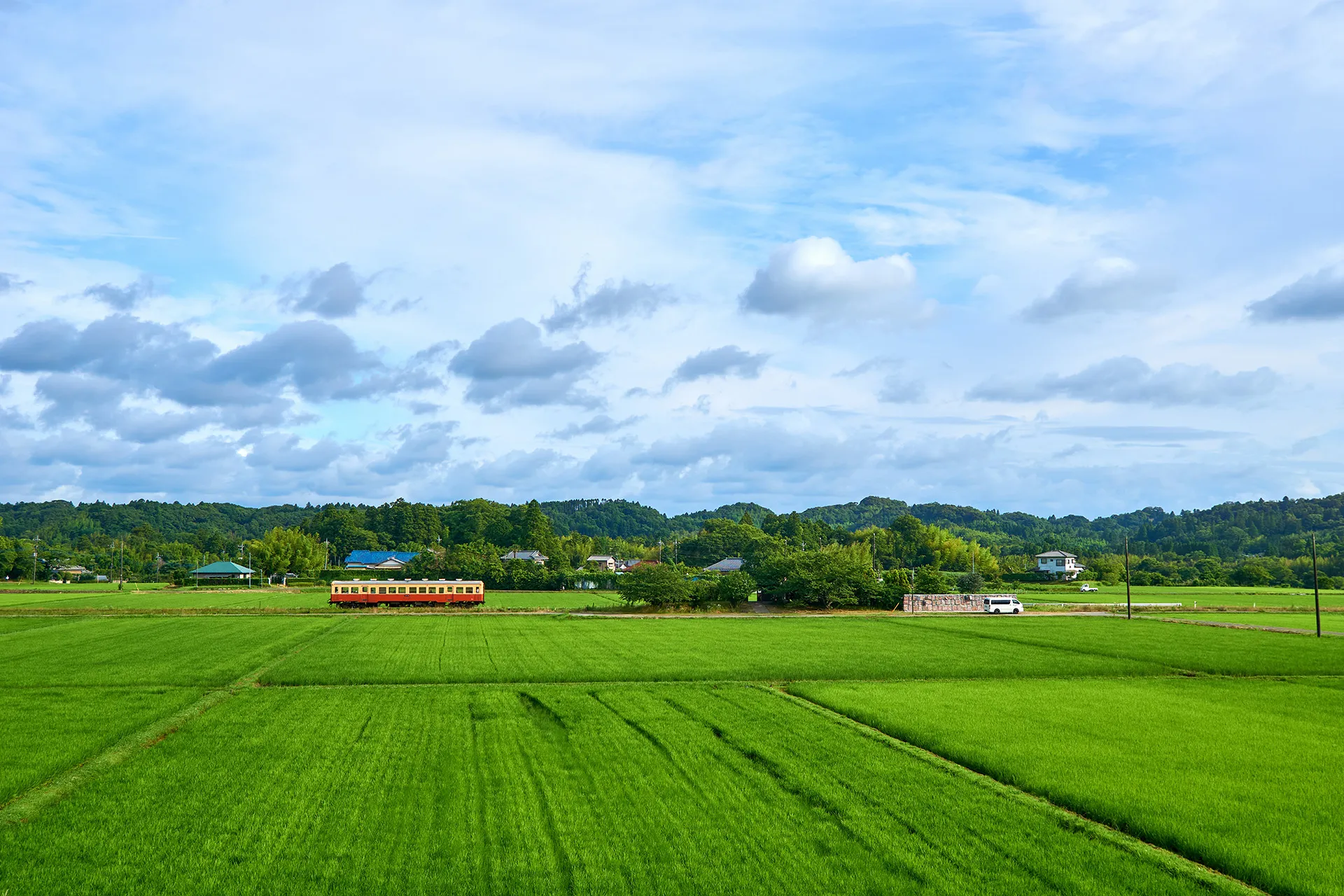
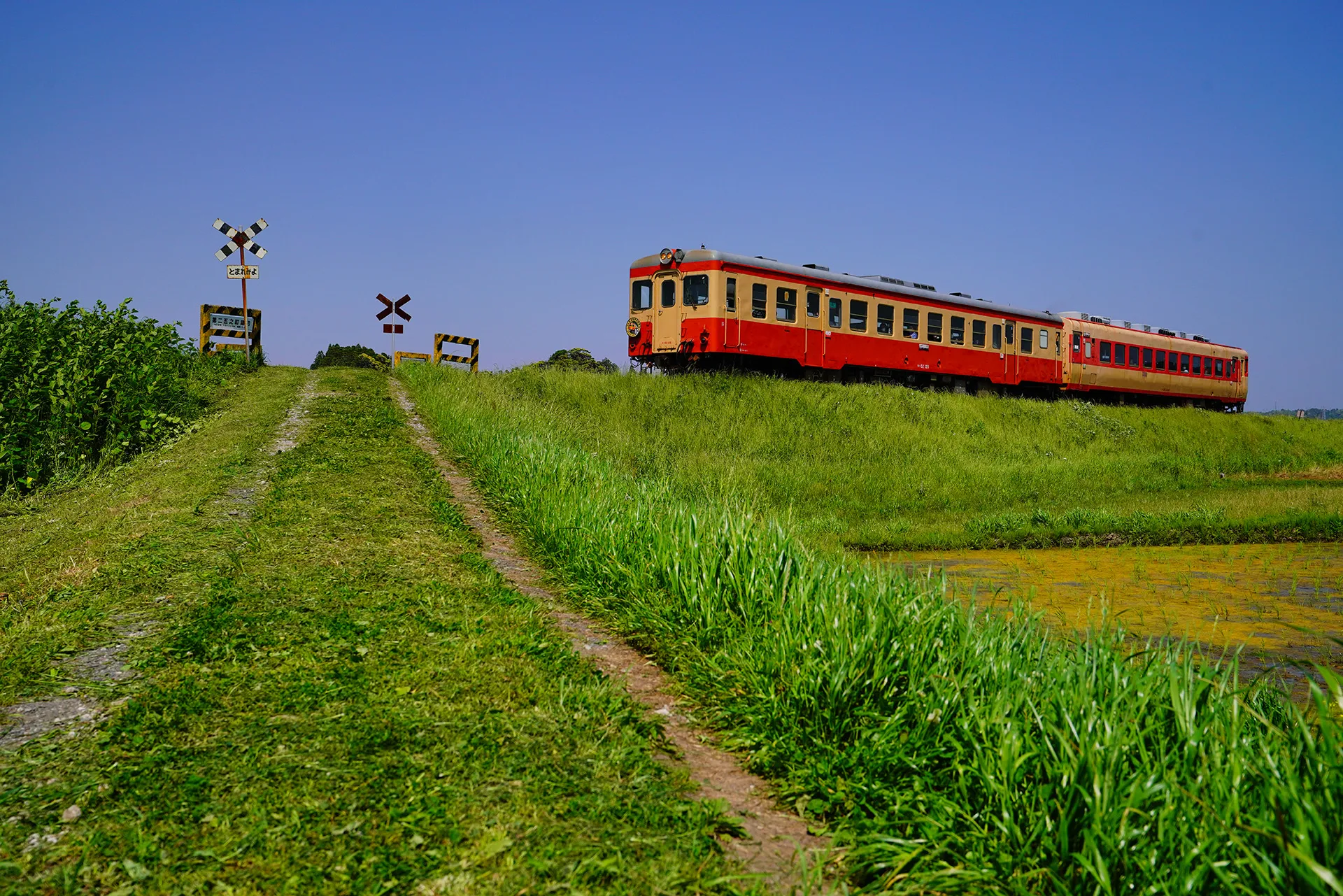
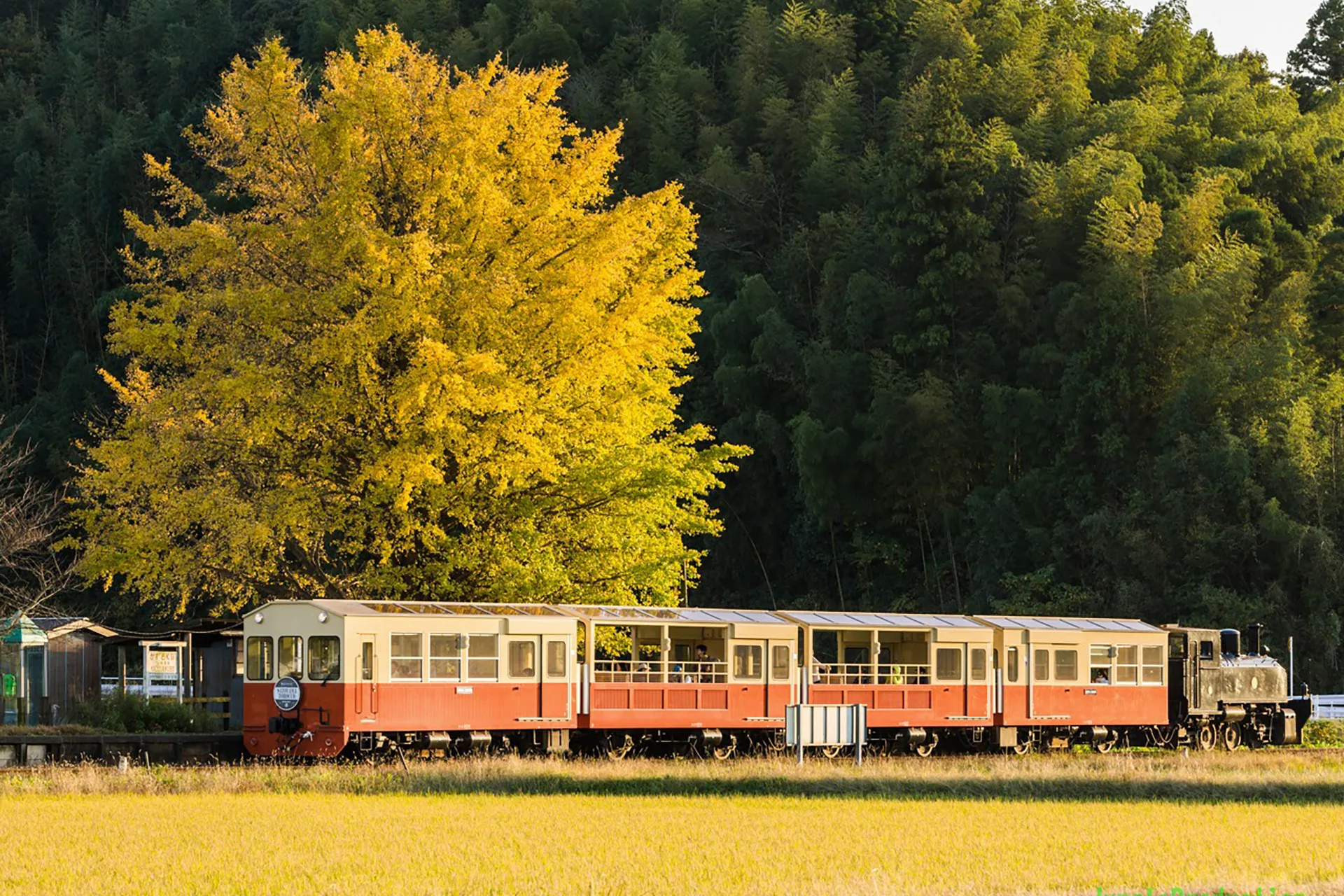
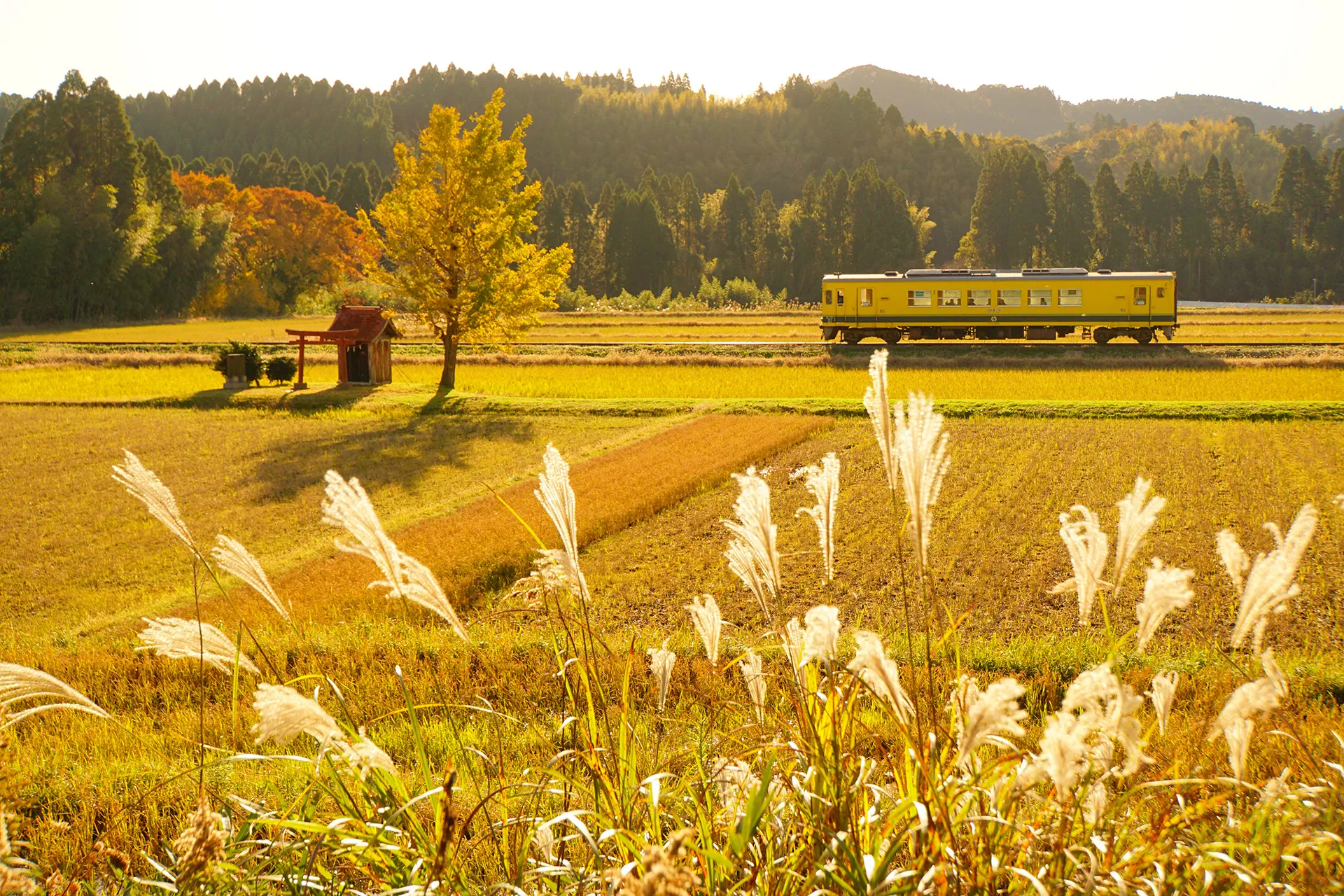
1-1-2 Goichūōhigashi, Ichihara City (Goi Station)
(Transfer to the Kominato Line from the JR Uchibo Line at Goi Station)
+81-436-21-6773
Accessibility
157 Awamata, Otaki Town, Isumigun (Awamata Waterfall Parking Lot)
(Awamata Waterfall Parking Lot: 1-minute walk from the last stop on the bus bound for Awamata Waterfall from Kazusa Nakano Station on the Kominato and Isumi railways)
+81-436-96-0055
932 Kuzufuji, Otaki Town, Isumigun
(5 mintutes by car from Yorokeikoku Station on the Kominato Railway)
+81-470-85-0021
Ohara, Isumi City (Ohara Station)
(Transfer to the Isumi Line from the JR Sotobo Line at Ohara Station)
0470-82-2161